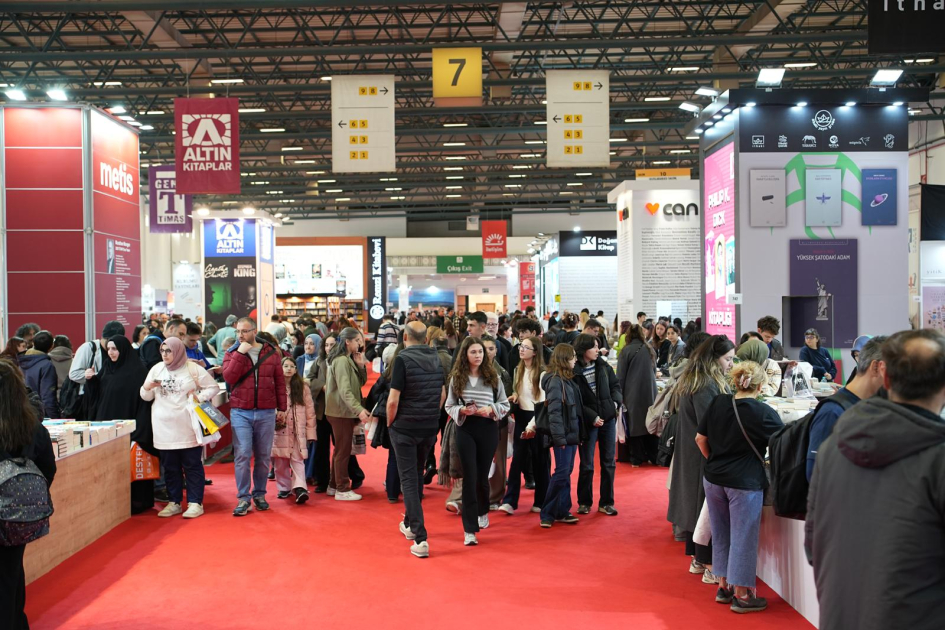A 5,000-year-old tomb was unearthed in Orkney, north-east Scotland, according to Arkeonews. The discovery was announced by the Guardian, describing the tomb structure as the pinnacle of Neolithic engineering. The tomb dates from around 3000 BC.
The Orkney Islands lie 15km north of the coast of Scotland. The archipelago is home to Western Europe’s most important Neolithic monuments and ruins.
Dr Hugo Anderson-Whymark, senior curator of prehistory (neolithic) at the National Museums Scotland, and Vicki Cummings, professor of neolithic archaeology at Cardiff University, led the excavation.
The site had been overlooked until now because it was leveled for a nearby building that was demolished about 10 years ago.
In 1896, a farmer’s son dug deeper into the ruins and discovered traces of walling as well as a stone macehead and ball, as well as eight skeletons. These discoveries were reported in a local paper by an antiquary, James Walls Cursiter.
Described then as a “chambered cairn”, it received a mere couple of paragraphs, which Anderson-Whymark happened to spot during other research. It inspired him to track down the site.
The tomb is more than 15m in diameter and contains a stone structure accessible via a seven-meter-long passage. Fourteen articulated skeletons of men, women, and children – two positioned as if they were embracing – have been found inside one of six cells or side rooms.
Dr Hugo Anderson-Whymark noted that the corbelled construction involved stones being built up gradually to create cell chambers that narrowed as they rose: “They really are engineering feats. “The tomb would have been an immense feature in the landscape when it was originally constructed, and the stonework inside would have been very impressive,” he said.
Professor Vicki Cummings added: “It is incredibly rare to find these tomb deposits, even in well-preserved chambered tombs, and these remains will enable new insights into all aspects of these peoples’ lives.”
Anderson-Whymark said: “They were certainly putting bodies on top of bodies, but they appear to have gone in over a period of time.”
The entrance could have been blocked with a slab of stone, allowing them to go back in, perhaps for various activities and ceremonies within the main chamber.
A small motif – three lines and other scratch marks carved on the back of one of the stones – has survived.
Through DNA analysis and other research, it will be possible to determine whether the individuals buried here are all related and their links to other Orkney tombs, some of which may have been used over generations or hundreds of years.


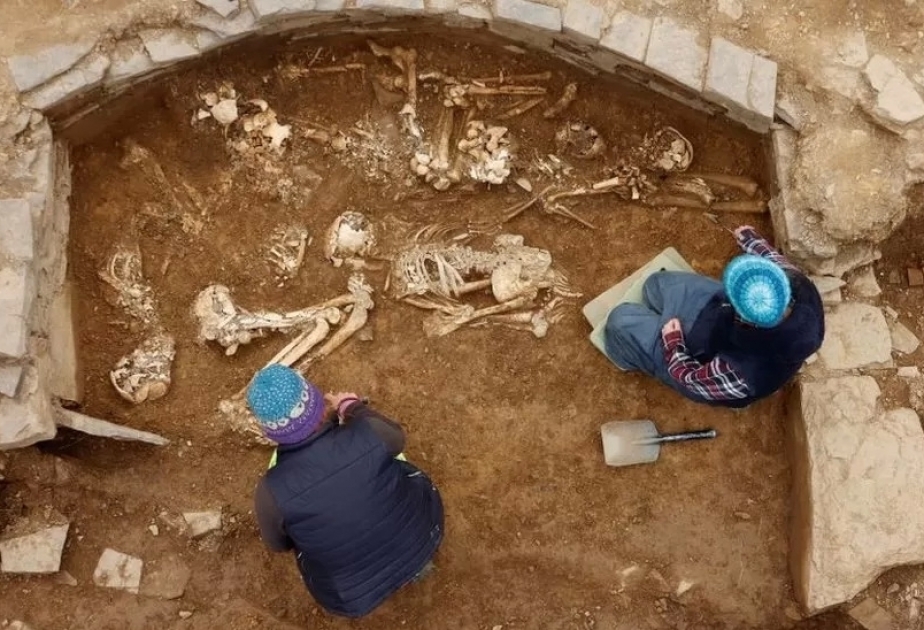





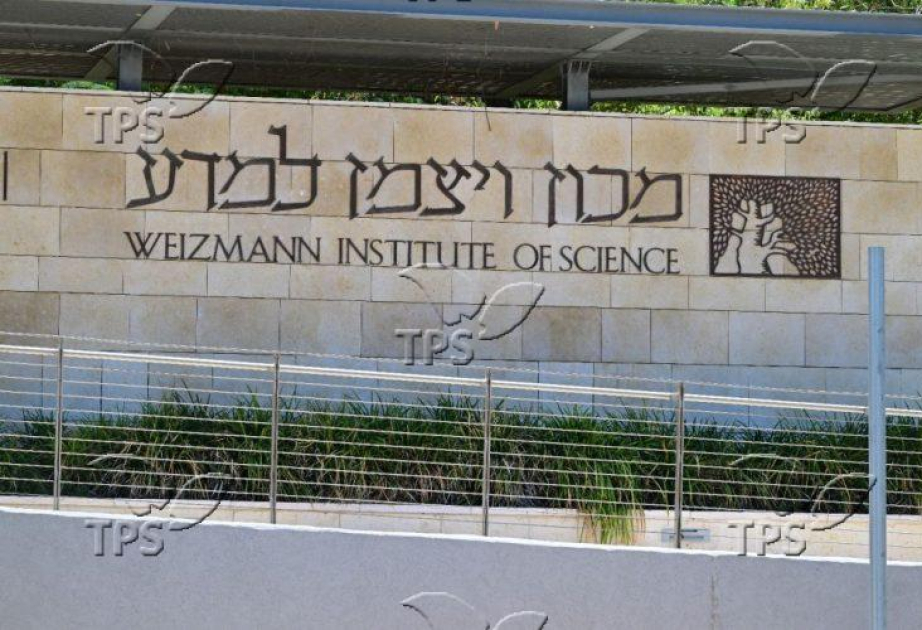


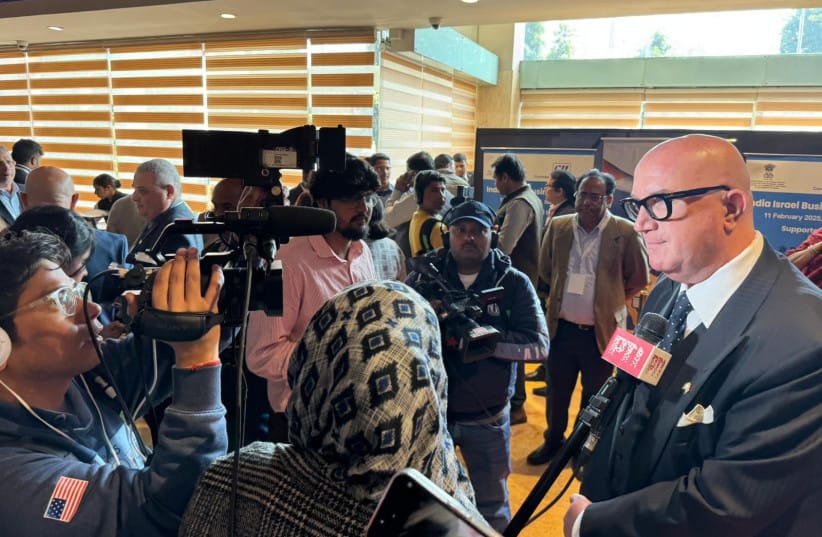



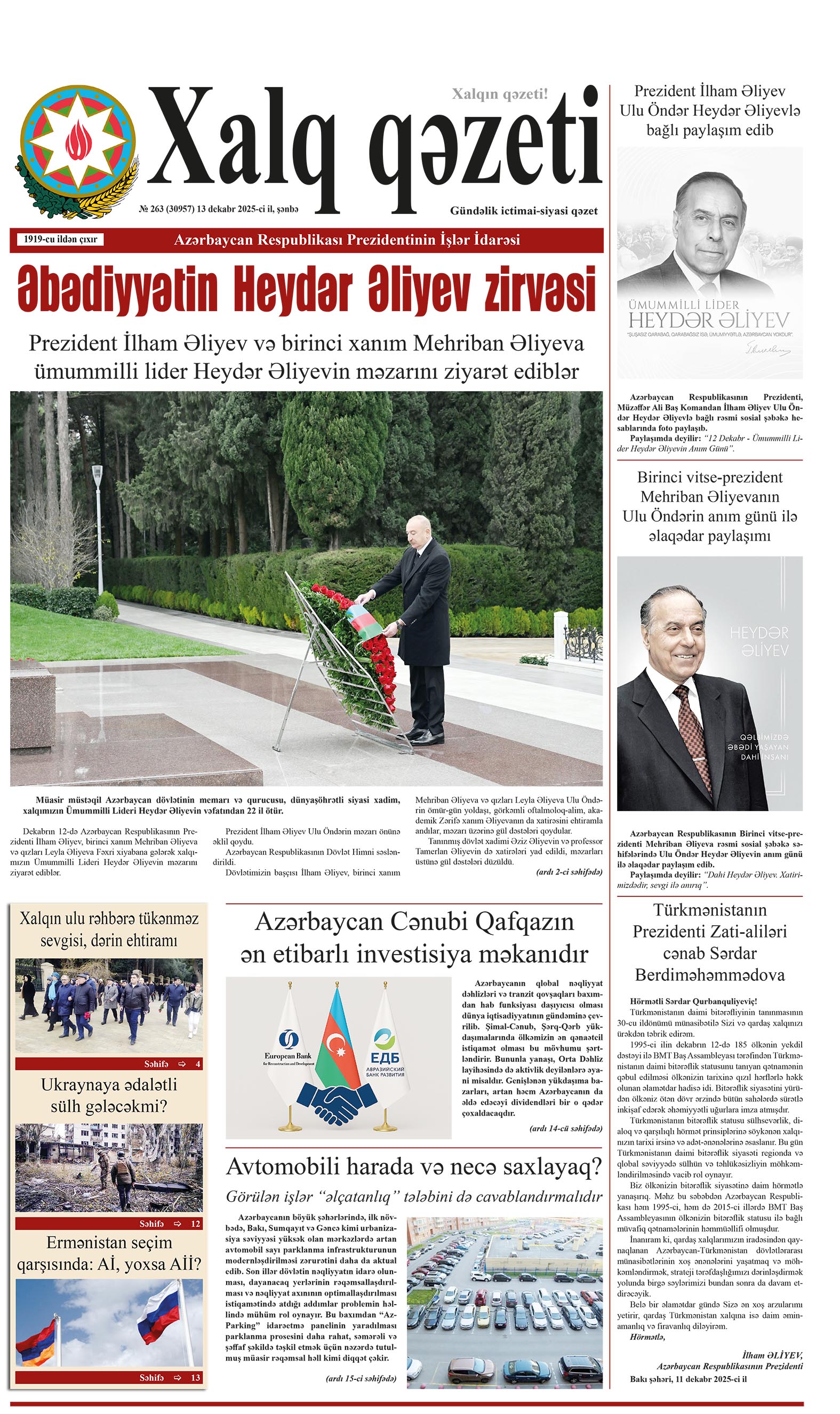
.png)


